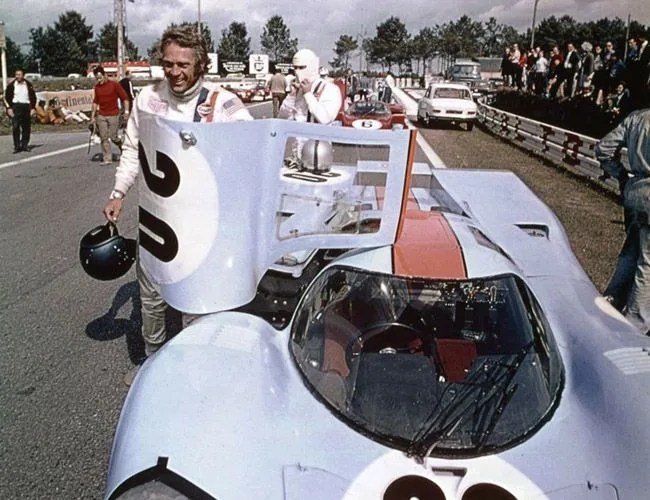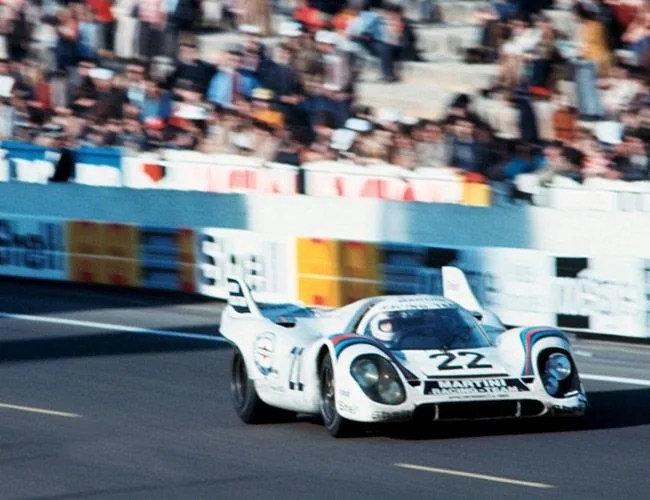Editor’s Note: Welcome to the Octane Icons, a new series born from our newly minted Octane channel. In the coming weeks, we’ll bring an enthusiast’s mindset to a vehicle that has made its mark on the automotive world, whether by design, engineering, performance, historical significance, influence or all of the above. This week we examine the Porsche 917, a car with a difficult and storied journey — created with the singular purpose of winning the 24 Hours of Le Mans.
MORE HIGH OCTANE COVERAGE Introducing the Octane Series | 5 Best Performance SUVs | Fill Up Your Glovebox
Its Place in History
As a kid, I worshiped the 917. My prized possession was a 1/18th scale 917 in red, white and blue Martini Racing livery. There was good cause for this passion. In 1968, after years of of being dominated by the likes of the Ferrari 250 and the Ford GT40, Ferdinand Piech committed himself to designing and building a Porsche that could take the checkered flag at Le Mans. Using the Porsche 908 as a starting point, Porsche set to work, taking advantage of revised rules from the Commission Sportive Internationale (CSI) of the FIA (the sanctioning organization for competition racing at the time) dictating that only 25 units of an entered race car need to be manufactured, rather than the usual 50 for the 5.0 liter Group 4 racing category. Porsche spent considerable money to produce 917 under the new rules, designing the car in less than 10 months.
5 photos
In the summer of 1968, CSI visited the Porsche plant to find that only three working cars had been finished while the rest were still being completed; Porsche’s homologation (compliance with racing standards and evidenced by a certain number of production cars) was rejected. Porsche was told to get the remaining 22 cars finished. Nearly a year later, Piech was finished with his 25 cars and lined them up outside the factory for CSI to inspect. He had finished.





